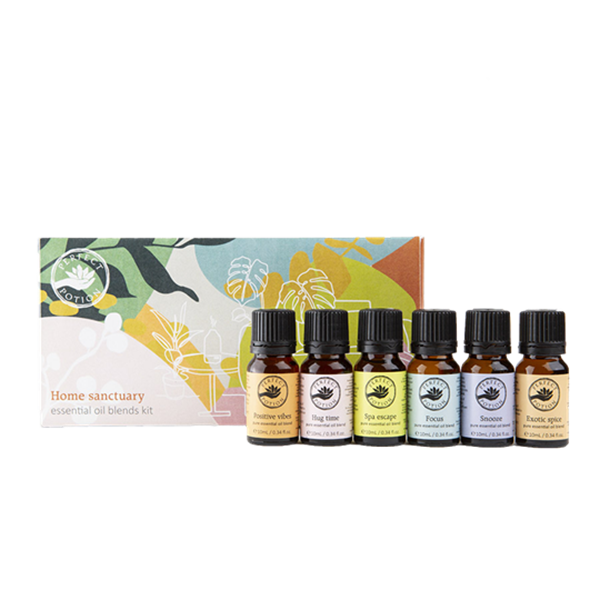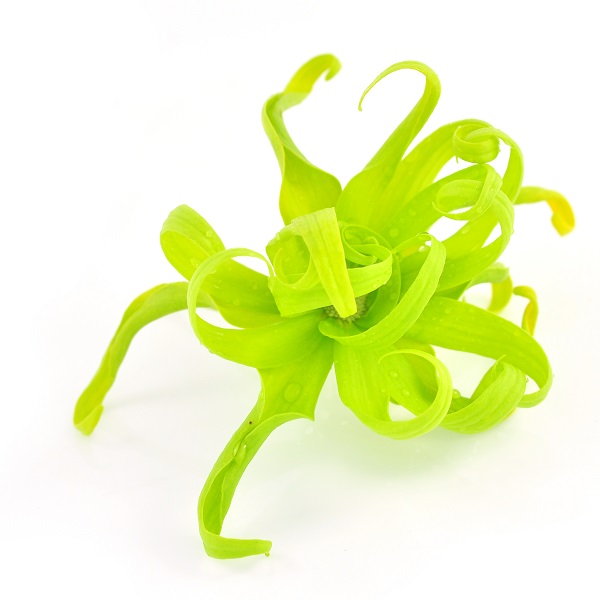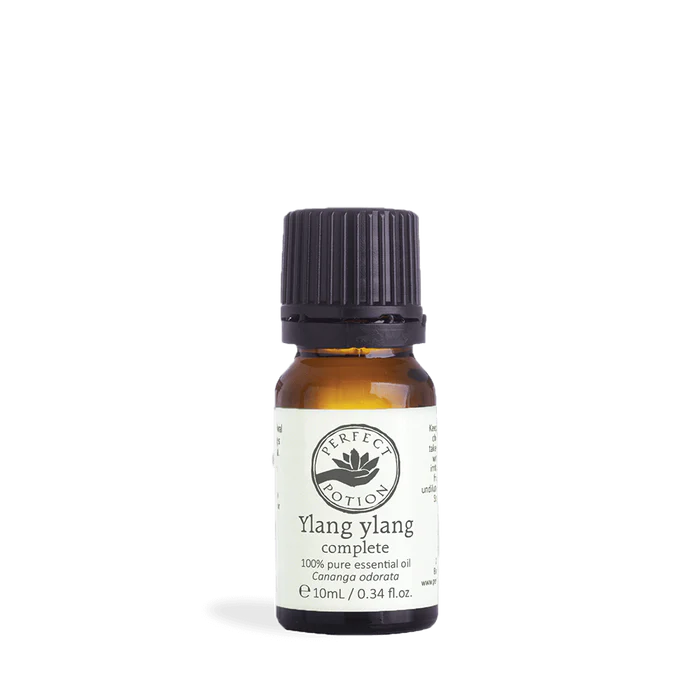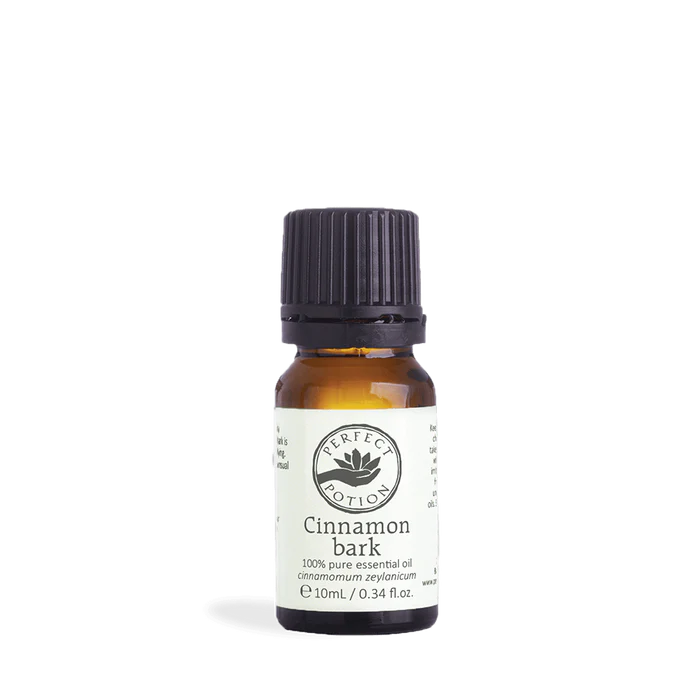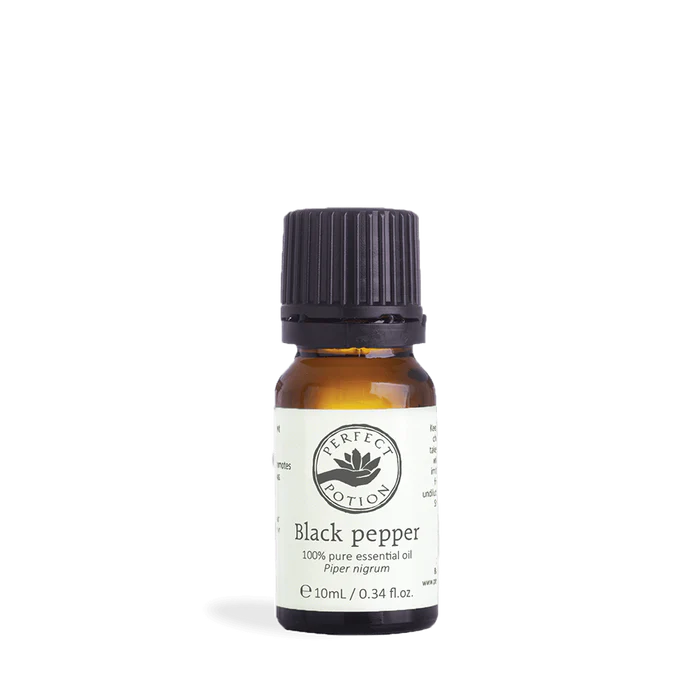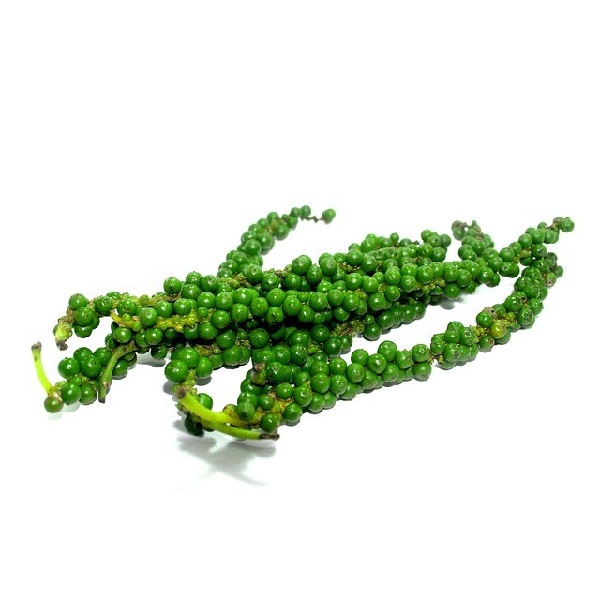Coughs, Colds, Flus, and the whole Shebang!

Well, Winter has finally decided to arrive here in Auckland as it’s been very mild so far. And along with that is the sniffles (not me – touch wood), and the chest infections, having spent a few hours back in the hospital with Mum, this time with aspiration pneumonia. More about that later…
My headline was going to be Coughing: Is It COVID, Flu, Cold, RSV, or Allergies?
Then I discovered it had already been taken, and upon closer investigation, it’s a great article, so why rewrite it…? You can read it here: Coughing: Is It Allergies, Cold, Flu, COVID-19 or RSV? (healthline.com), along with a quiz you can complete to check what your cough is.
However, I am going to post their informative little table so you have that at a quick glance.
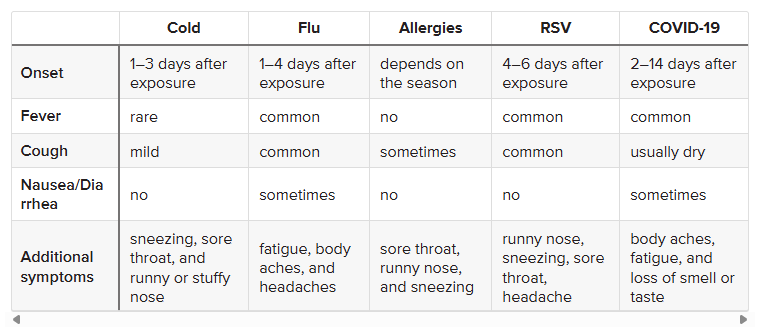
So what’s RSV? It’s Respiratory Syncytial Virus which spreads by droplets in the air and hand contact, like most viruses, and it can trigger the following:
- Pneumonia and bronchitis, if severe cases aren’t managed
- Infection of the middle ear, especially in children because they have short Eustachian tubes (which goes from the top of the throat to the middle ear)
- Children may develop asthma later in life
Below is a picture of the middle ear showing it's connection to the throat.

What’s the difference between pneumonia, pleurisy and bronchitis. I personally have had all 3 over the years, and none of them are pleasant, however, if I had a choice, I’d rather have bronchitis than the other two. I was sneaky and asked Co-Pilot to create me a summary on them, and then I’ve inserted natural remedy solutions under the Treatment section because we know we can do more than what AI is telling us…
Bronchitis is inflammation of the air-carrying tubes (bronchioles) in the lungs.

- Causes: It often occurs after a viral infection (such as a cold or flu) or due to exposure to irritants like tobacco smoke.
- Symptoms:
- Persistent cough (often with yellow-green mucus).
- Wheezing when breathing.
- Body aches and fatigue.
- Mild fever.
- Types:
- Acute bronchitis: Typically lasts 10 to 14 days and can be contagious.
- Chronic bronchitis: Lasts at least three months and recurs over multiple years; it’s associated with smoking and is part of chronic obstructive pulmonary disease (COPD).
- Treatment:
- Acute bronchitis: Usually resolves on its own; over-the-counter medications may help.
- Chronic bronchitis: Not curable, but various treatments (medications, therapies, or surgery) can manage symptoms.
- Essential oils that assist: Aniseed, Atlas cedarwood, Basil, Bay, Cajeput, Cypress, Sweet fennel, Everlasting, Eucalyptus radiata, Frankincense, Hyssop var decumbens, Spike lavender, Myrrh, Myrtle, Niaouli, Peppermint, Ravensara, Rosemary, Sandalwood, Thyme.
Pleurisy, is inflammation of the thin membranes (pleura )covering the lungs and chest wall, rather than the bronchial tubes.. It feels like a hose clip is being tightened around the chest and you can't breathe down.

- Causes: Often due to viral infections (e.g., flu) or other respiratory illnesses
- Symptoms:
- Sharp chest pain (worsens with breathing or coughing).
- Shallow breathing to minimize pain.
- Treatment:
- Medical: Focuses on managing pain and treating the underlying cause.
- Essential oils that assist: For pain and spasms is what is needed here, to relax the muscle wall to enable deeper breaths. Black pepper, Cypress, Lavender (true and spike), Marjoram, Petitgrain.
Pneumonia is an infection of the air sacs (alveoli) in the lungs. Let’s delve into the details:

- Causes: Bacteria, viruses, or fungi can lead to pneumonia. It’s often contracted through exposure to infected individuals or inhaling contaminated air.
- Symptoms:
- High fever, chills, and difficulty breathing
- Productive cough (may produce discolored mucus).
- Chest pain.
- Treatment and Prevention:
- Medical:
- Requires medical attention
- antibiotics for bacterial pneumonia
- antivirals for viral pneumonia
- supportive care
- Essential Oils that assist:
- Essential oils that are the most effective against the Pneumoccocus bacteria in descending order from the Aromatogram are Oregano (0.96), Thyme (0.92), Clove (0.83), Cinnamon (0.67), Cajeput (0.50), Savory (0.50), Eucalyptus (0.45), Pine (0.41), Geranium (0.38), Lavender (0.33), Myrtle (0.33). (Schnaubelt, 1995)
- Essential oils that are the most effective against the Klebsiella Pneumoniae bacteria in descending order from the Aromatogram are Cinnamon (0.78), Oregano (0.78), Thyme (0.42), Eucalyptus (0.39), Myrtle (0.39), Savory (0.39), Clove (0.33), Pine (0.30), Lavender (0.30), Geranium (0.05), Cajeput (0.00). (Schnaubelt, 1995)
- The only catch with this list is that the most effective essential oils (in red) are for Practitioner Use only, so if you are wanting a blend for Pneumonia, you do need to get it made up by a qualified aromatherapist. In the interim, you can use Eucalyptus, Myrtle, Lavender and Geranium at home in a vaporiser to help clear the air and make the patient’s breathing more comfortable.
- Medical:
Remember, Pneumonia affects the alveoli where oxygen enters the bloodstream.
Aspiration Pneumonia occurs when foreign substances, such as saliva, food, liquid, or vomit, are inhaled into the lungs. It can lead to infection, swollen bronchioles, and fluid-filled air spaces, making breathing difficult. Common causes include inhaling stomach contents during vomiting or swallowing difficulties. It can be fatal if left untreated.
- Symptoms of aspiration pneumonia may include:
- Feeling something stuck in the throat.
- Painful swallowing or difficulty swallowing
- Coughing during or after eating or drinking.
- Referred pain in lower back or kidney area.
- Risk factors for aspiration pneumonia include:
- General anesthesia or dental procedures.
- Trouble coughing or swallowing (dysphagia).
- Excessive alcohol or drug use.
- Older age (65 and over)
- Weak immune systems due to illness or being very young (under 5 years old
Remember, If you suspect aspiration pneumonia, seek medical attention promptly!
- Black Pepper - warming, soothing, eases bruising, stimulates tired and aching arms and legs, as well as relieving muscular stiffness, arthritis and rheumatism.
- Cajeput - is warming and stimulating and helps flush the aches and pains away with its analgesic (pain relieving) properties.
- Ginger - infuses warmth into your muscles, mind and soul.
- Nutmeg - an effective analgesic for tight muscles triggered by fatigue and congestion.
- Pine - working at a different chemical level to help relieve your pain and inflammation.
- Petitgrain - helps to flush the lactic acid released from your muscles to your kidneys so you can pee them out.
- Vetiver - calming and soothing with its own special abilities of being able to regulate inflammation in your tissues
- Amor Massage Base Oil - Grapeseed oil, nurturing for your skin, easily glides on, nut and mineral free with no known allergens.<
Remember, if you experience any of these symptoms, seek medical advice promptly.
Bibliography
health.clevelandclinic.org
thecontentauthority.com
Coughing: Is It Allergies, Cold, Flu, COVID-19 or RSV? (healthline.com)
Bronchitis vs. Pneumonia: Similarities and Differences (verywellhealth.com)
Balch, PA. (2006). Prescription for Nutritional Healing 4th Edition. Avery, USA
Holford, P. (2004) The Optimum Nutrition Bible. Piatkus, UK
Mosby (1998). Health & Physcial Assessment 2nd Edition. Mosby, USA
Oseicki, H. (2002). The Nutrient Bible, 5th Edition. Bioconcepts Publishing Ltd, Australia

